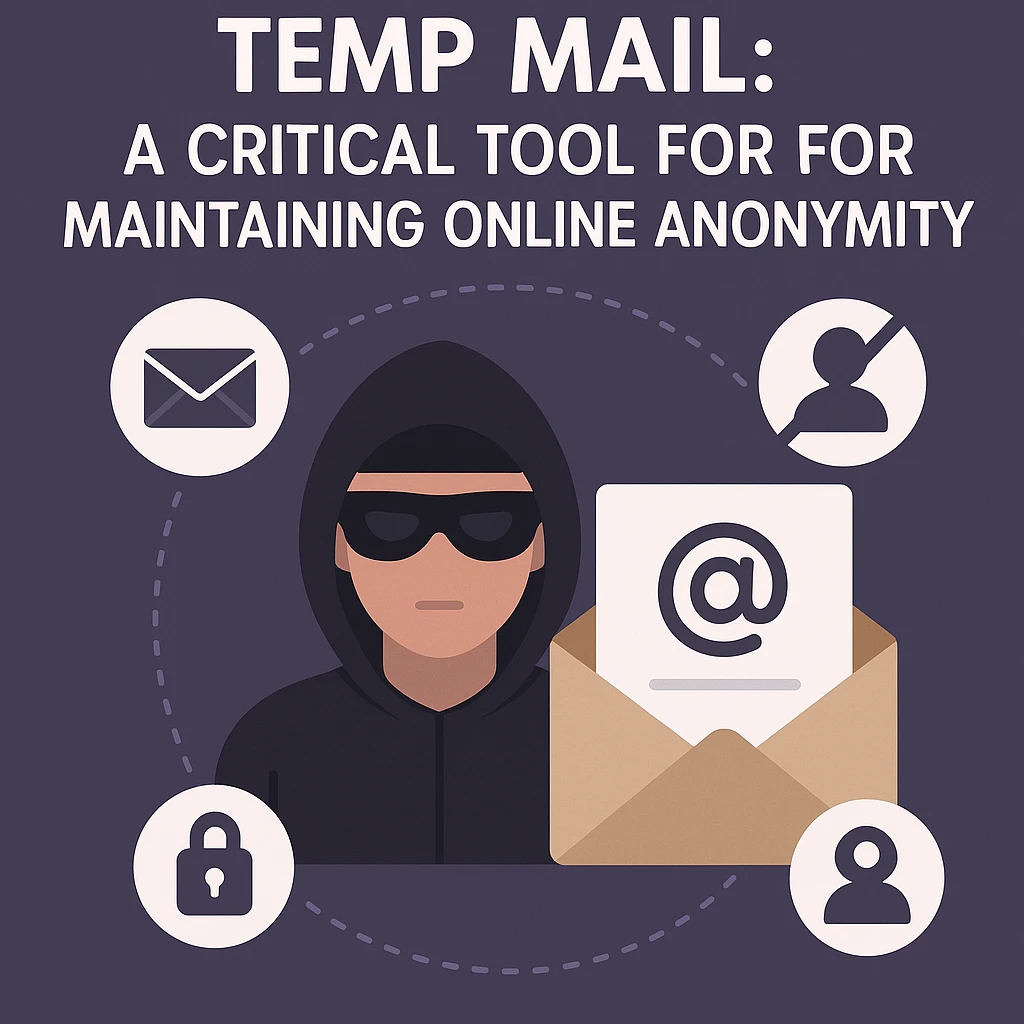Blockchain technology's decentralized, transparent, and secure features are revolutionizing a number of industries. Nevertheless, because blockchains function in a closed environment, they are unable to directly access off-chain data from the outside world. For smart contracts that depend on real-world inputs to operate efficiently, this restriction poses a significant obstacle.
Blockchain oracles can help with this. Oracles serve as a link between blockchains and outside data sources, allowing smart contracts to communicate with data feeds, APIs, and real-world events.
In this blog, we’ll explore:
✅ What blockchain oracles are and why they matter.
✅ How oracles connect blockchain with real-world data.
✅ Different types of oracles and how they work.
✅ Challenges oracles face and their solutions.
✅ Real-world use cases of blockchain oracles.
Let’s dive into how oracles are unlocking the full potential of blockchain technology!
1. What Are Blockchain Oracles?
A blockchain oracle is a third-party service that gives smart contracts on a blockchain access to external data. Blockchains cannot independently retrieve real-time data, such as market prices, weather reports, or sports scores, because they are segregated by design.
🔹 Why do blockchains need oracles?
Smart contracts frequently require off-chain data in order to function reliably. Oracles serve as go-betweens, retrieving, confirming, and sending this data to blockchains.
Example:Real-time cryptocurrency pricing are necessary for a decentralized finance (DeFi) smart contract that offers loans. This information is supplied by oracles, guaranteeing precise lending and borrowing rates.
2. How Oracles Bridge the Gap Between Blockchain and the Real World
🔹 The Oracle Process
Oracles work in three key steps:
1️⃣ Data Retrieval – Data is gathered by the oracle from an off-chain source, such as a website, API, or Internet of Things sensor.
2️⃣ Data Verification – The data's validity and correctness are guaranteed by the oracle.
3️⃣ Data Transmission – The blockchain receives the validated data and uses it to run the smart contract.
Oracles are crucial for practical blockchain applications because they offer a reliable connection between smart contracts and outside data.
3. Types of Blockchain Oracles
Oracles come in a variety of forms, each with a distinct purpose depending on the direction, data sources, and trust models.
🔹 Based on Data Source
1️⃣ Software Oracles 🖥️
-
Retrieve information from databases, APIs, and the internet.
-
utilized in gaming, supply chain monitoring, and DeFi.
-
Example: Chainlink retrieves cryptocurrency values from several exchanges.
2️⃣ Hardware Oracles 📡
-
Get information from IoT devices and physical sensors.
-
utilized in supply chain management, agriculture, and logistics.
-
Example: Using IoT sensors to track shipments of vaccines that are sensitive to temperature.
🔹 Based on Data Direction
1️⃣ Inbound Oracles 🔽
-
Retrieve data from the real world and upload it to the blockchain.
-
Example: A sports oracle that feeds a betting smart contract with real-time game scores.
2️⃣ Outbound Oracles 🔼
-
Distribute blockchain information to other parties.
-
Example: When certain circumstances are fulfilled, a smart contract will initiate a bank payment.
🔹 Based on Trust Model
1️⃣ Centralized Oracles 🏢
-
A single point of failure since it is managed by a single entity.
-
Quicker but less secure because it only has one data source.
2️⃣ Decentralized Oracles (Oracle Networks) 🌐
-
To provide tamper-proof, untrustworthy data, use a variety of sources.
-
Example: Chainlink, Band Protocol.
3️⃣ Human Oracles 👨💻
-
Data is manually verified and entered onto the blockchain by experts.
-
Utilized in intricate court cases or agreements.
Each oracle type serves a unique function in ensuring smart contracts receive reliable, real-time data.
4. Challenges of Blockchain Oracles
Despite their advantages, oracles face several challenges:
🔹 The Oracle Problem
The trust issue that arises from depending on external data sources is known as the Oracle Problem. Oracles create a third-party dependency because they are not a part of the blockchain's consensus process.
Solution: Chainlink and other decentralized Oracle Networks (DONs) combine data from several sources to lower the possibility of manipulation.
🔹 Data Manipulation & Security Risks
Inaccurate actions may be carried out by smart contracts if malicious entities supply false data.
Solution: Reputation systems and crypto-economic incentives can ensure oracles act honestly.
🔹 Latency & Speed Issues
There may be execution delays when real-time data is fetched.
Solution: Faster oracle networks with off-chain computation help reduce delays.
🔹 High Gas Fees
Particularly on networks with high transaction fees, Oracle transactions can be expensive.
Solution: Layer-2 scaling solutions like Optimistic Rollups reduce costs.
5. Real-World Use Cases of Blockchain Oracles
Blockchain oracles are transforming a number of sectors. Here are a few noteworthy examples:
🔹 1. Decentralized Finance (DeFi)
Oracles offer real-time price feeds to guarantee precise lending, borrowing, and trading.
✅ Example: Chainlink oracles are used by Aave and MakerDAO to modify interest rates in response to market conditions.
🔹 2. Supply Chain & Logistics
Oracles retrieve information from Internet of Things sensors to follow shipments, confirm product authenticity, and maintain fair trade.
✅ Example: Oracles are used by IBM Food Trust to monitor real-time food supply chain data.
🔹 3. Insurance & Weather Data
For smart contracts to initiate insurance claims for natural disasters, flight delays, or crop failures, real-time weather data is required.
✅ Example: Etherisc uses weather oracles to provide decentralized crop insurance.
🔹 4. Gaming & NFTs
For blockchain-based games and NFT rarity mechanics, blockchain oracles supply randomized, real-world inputs.
✅ Example: Fair game mechanics and NFT drops are implemented using Chainlink's Verifiable Random Function (VRF).
🔹 5. Sports Betting & Prediction Markets
Oracles give decentralized prediction markets access to real-time sports scores and betting odds.
✅ Example: Augur settles forecasted market outcomes via oracles.
6. The Future of Blockchain Oracles
Oracles will be essential to the adoption of blockchain in the future.
🔹 Key Trends to Watch:
✅ Cross-Chain Oracles – Permit smooth data transfer between blockchains (e.g., Chainlink CCIP).
✅ AI-Powered Oracles – To increase accuracy, filter and validate data using machine learning.
✅ Zero-Knowledge Oracles – Provide data that protects privacy without disclosing private information.
As blockchain adoption grows, oracles will become even more essential for real-world blockchain applications.
Conclusion: Oracles Are the Key to Blockchain’s Real-World Integration
Oracles provide safe, dependable data for smart contracts, acting as the vital connection between blockchains and the outside world. Oracles underpin some of the most cutting-edge blockchain applications available today, ranging from DeFi and insurance to gaming and logistics.
However, decentralized networks and cryptographic security are necessary to overcome issues like the Oracle Problem and data tampering threats.
🚀 As blockchain adoption increases, oracles will be crucial in bridging traditional industries with decentralized applications. Are you ready for the next wave of blockchain innovation?




